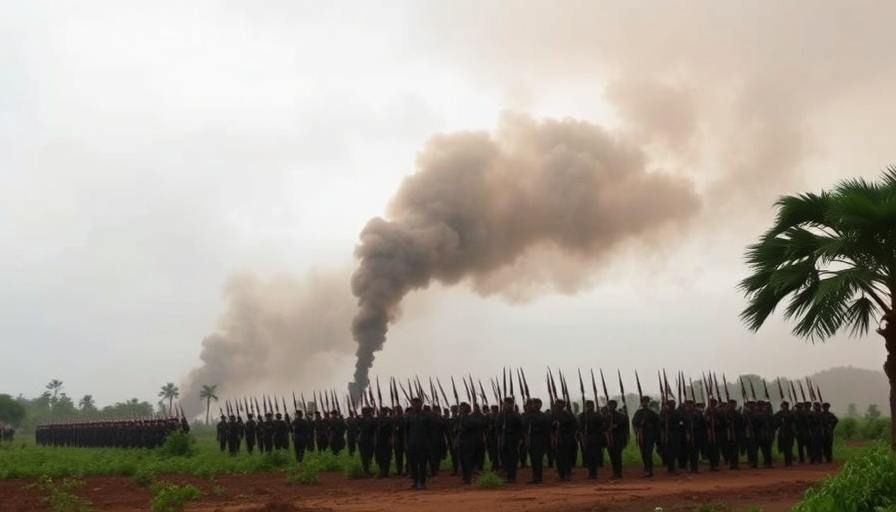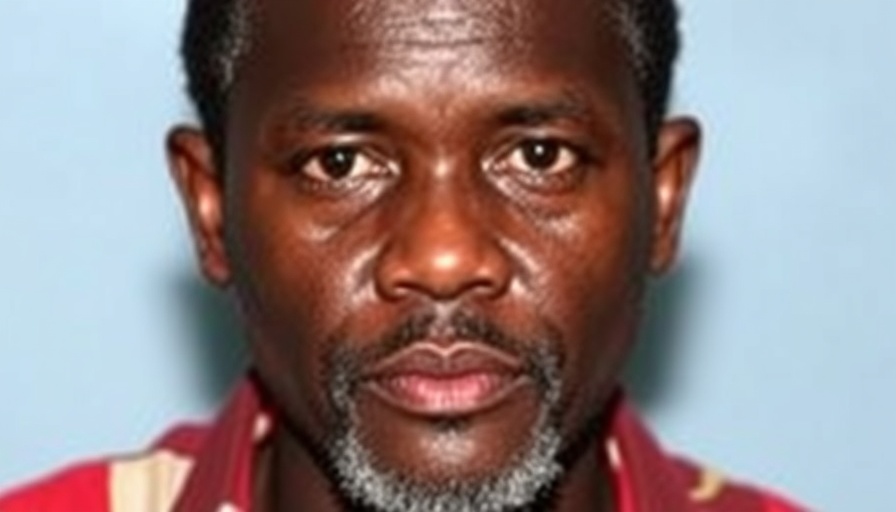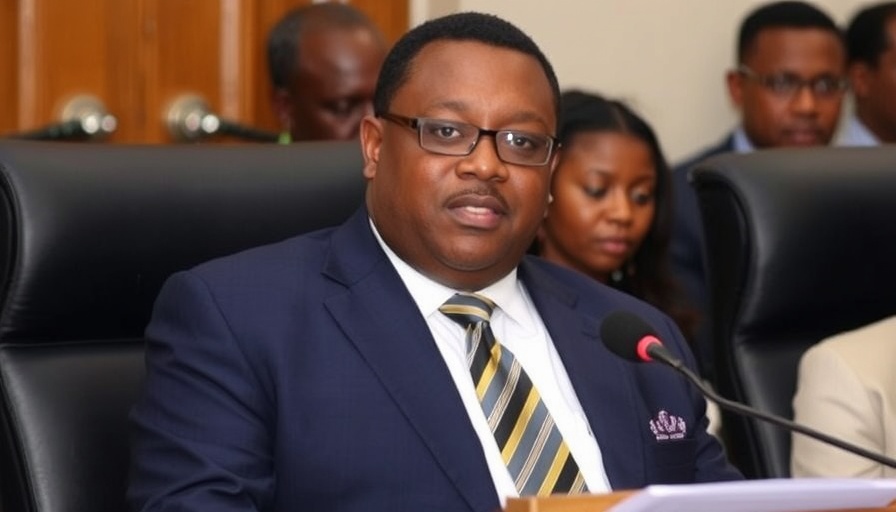
A Shifting Landscape: The DRC's Peace Security Dilemma
The Democratic Republic of Congo (DRC) has long been a focal point for foreign interest and regional power struggles. Recent developments, accentuated by the involvement of various military missions, have emphasized the challenges in achieving lasting peace. The recent joint summit of the East African Community (EAC) and the Southern Africa Development Community (SADC) reflects an acknowledgement that military interventions are insufficient for resolution, leaning instead towards dialogue as a solution.
The Impact of Regional Military Missions: A Complicated Reversal
The abrupt transition from the EAC Regional Forces (EACRF) to the SADC operations (known as SAMIDRC) marked a critical juncture that many believe extinguished the chance for a sustainable peace solution. Instead of bolstering security, SAMIDRC faced severe setbacks, including the loss of personnel and the capture of key cities by the M23 rebels, leading to their phased withdrawal. These events raise crucial questions about the effectiveness of shifting military forces amidst ongoing violence.
Insights from Recent International Observations
US Congressman Ronny Jackson’s findings following a recent tour of the region presented a stark view of the current security vacuum. His assertion that the Congolese government struggles to maintain control highlights a dire need for alternative strategies. As M23 rebels gain ground, the Congolese military reportedly faces a crisis of operational capability, prompting fears about the nation’s overarching governance.
Regional Expectations: A Call for Dialogue and Cooperation
With prominent figures like former presidents Uhuru Kenyatta and Olusegun Obasanjo tasked with mediating peace discussions, the focus has shifted to diplomatic solutions rather than military responses. This pivot indicates a broader sentiment among regional leaders: without collaboration and sustained dialogue, the cycles of violence might continue unabated, affecting not just the DRC but regional stability and foreign investment interests.
Looking Forward: Potential Paths to Peace
The evolving geopolitical landscape suggests that long-term peace in the DRC relies significantly on the development of a cohesive international and regional strategy. Diplomatic efforts must be coupled with practical measures addressing governance, security, and socioeconomic reforms. As observers monitor these shifts, the commitment to dialogue could symbolize a new chapter in East African politics, one where collaboration outweighs conflict.
In conclusion, examining these developments is crucial for stakeholders, including business leaders and policymakers, to understand how peace efforts in the DRC will influence the broader African economic landscape. As the region grapples with these dynamics, it remains imperative that constructive engagement is prioritized to address the root causes of instability.
 Add Row
Add Row  Add
Add 


 Add Row
Add Row  Add
Add 

Write A Comment